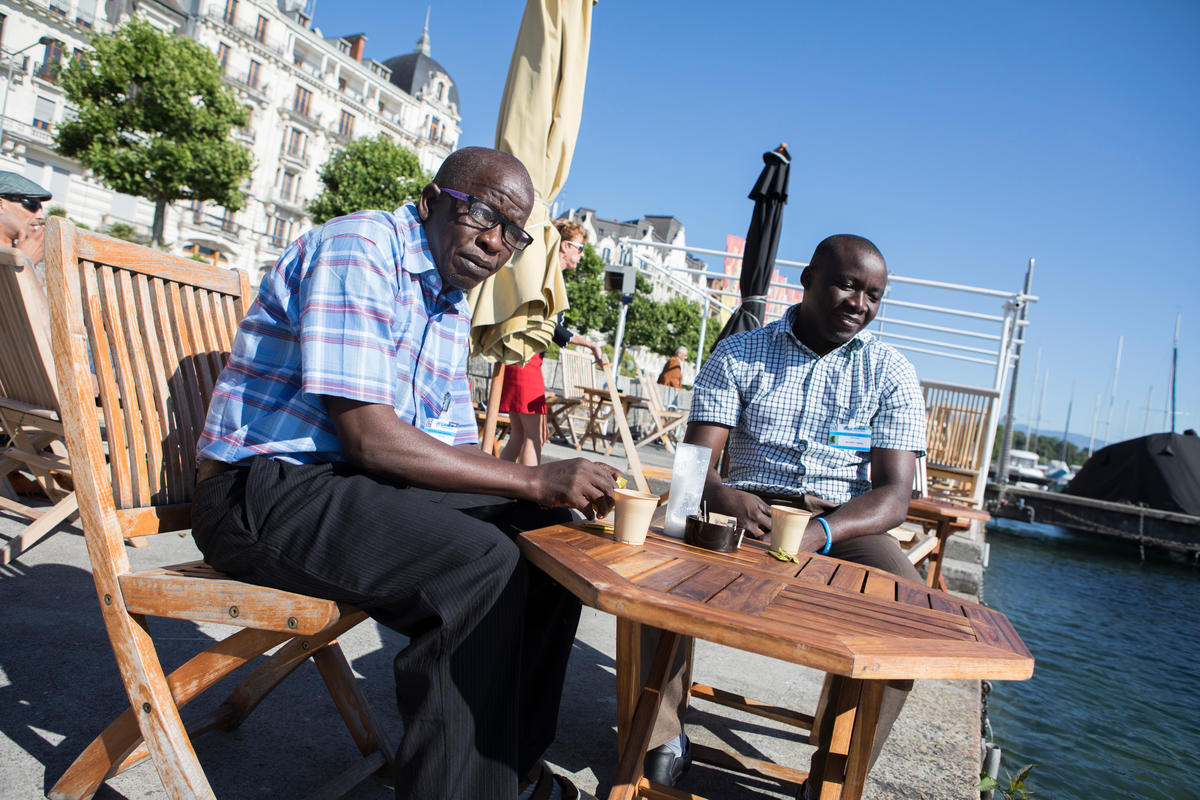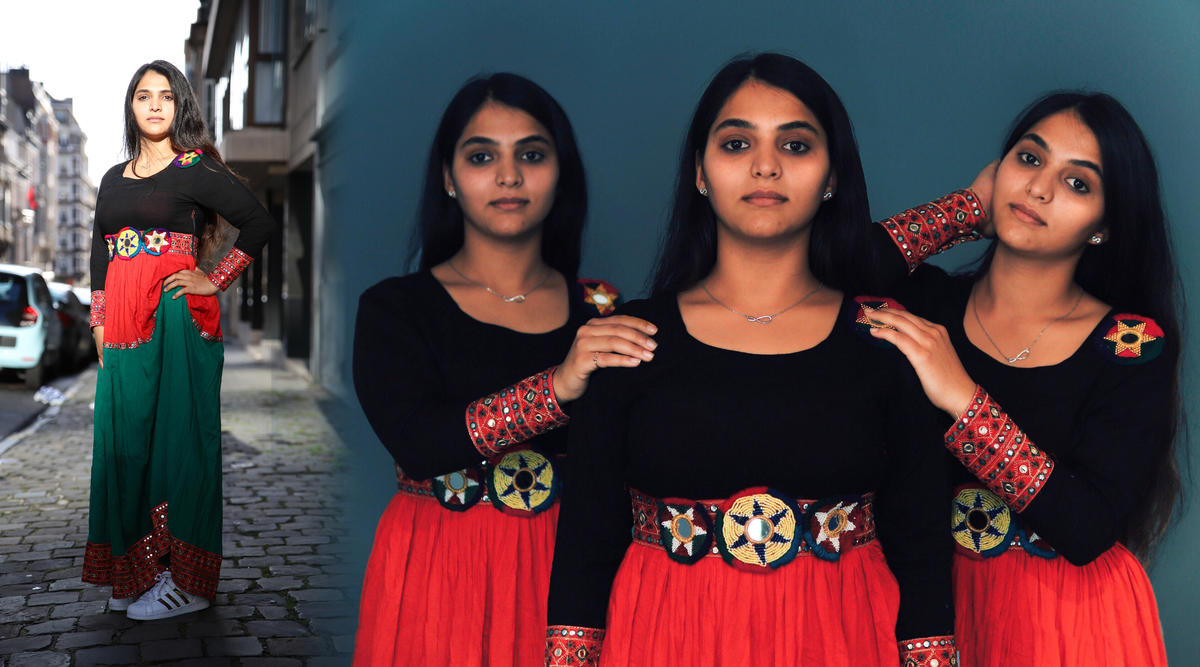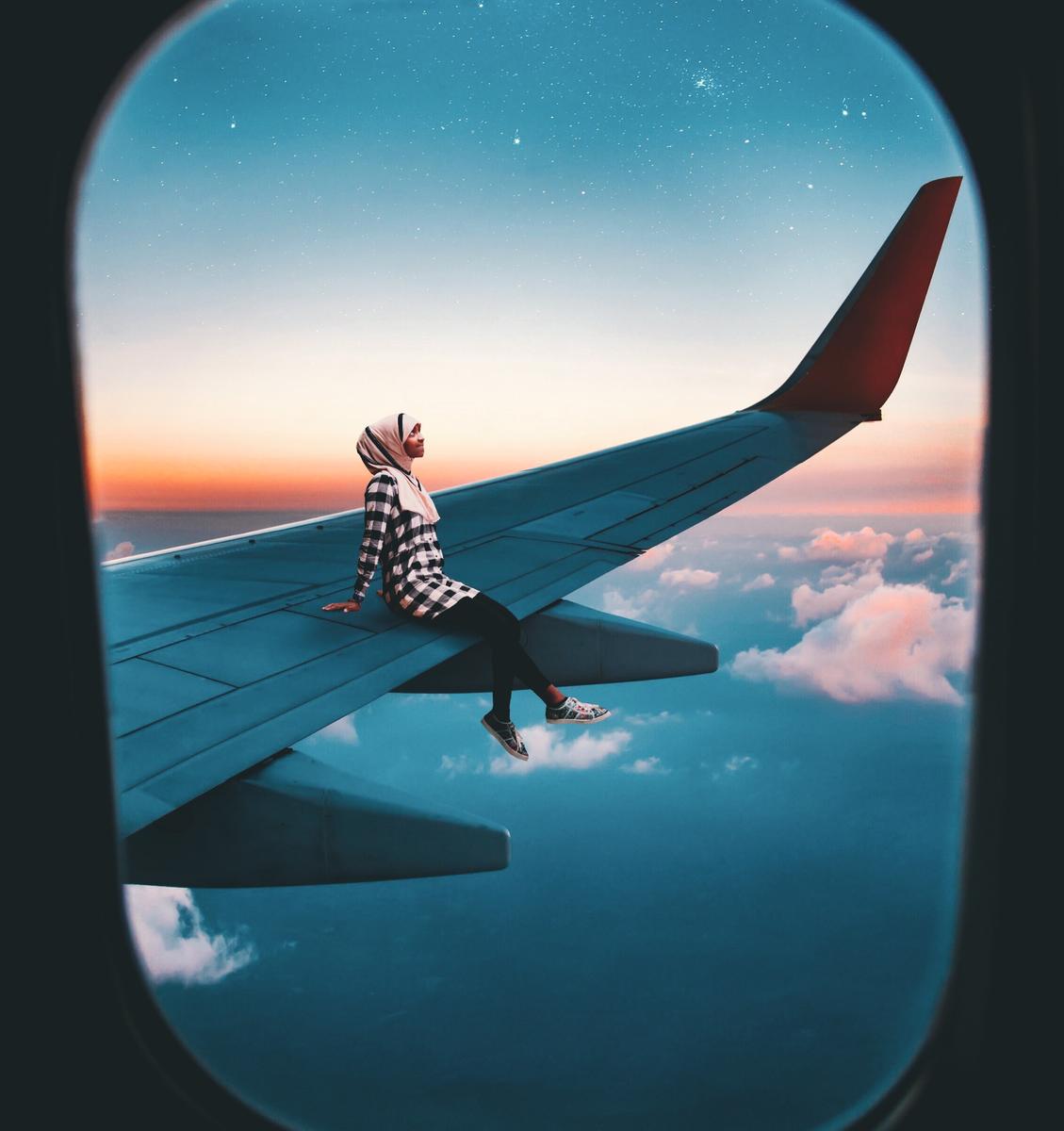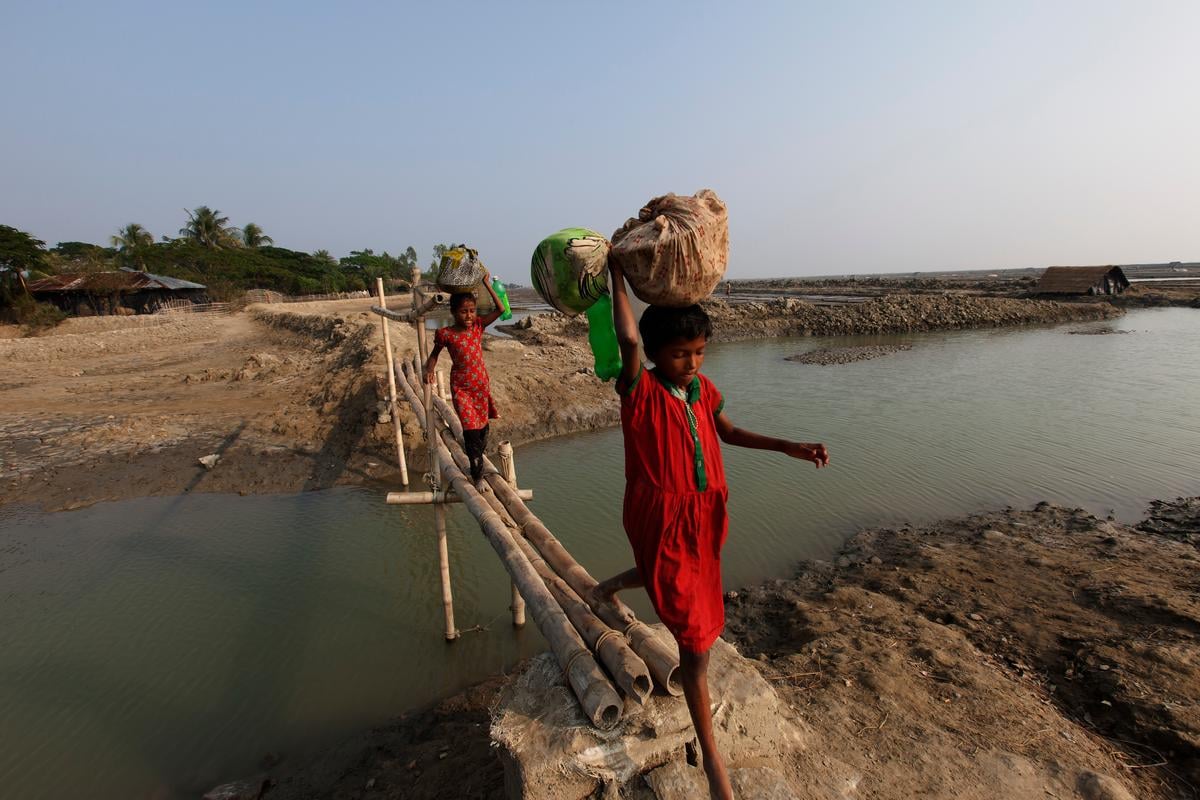Q&A: Pictures worth thousands of words
Q&A: Pictures worth thousands of words

GENEVA, April 20 (UNHCR) - UNHCR Public Information Officer Hélène Caux has photographed refugees and displaced people in the Balkans, West Africa, Chad and Sudan. She spoke about her inspirations to Web Editors Haude Morel and Leo Dobbs. Intercepts from the interview:
How do you balance the rights of refugees and the need to record their plight?
I just record what is in front of me. I never hide myself as a photographer. If they do not want me to take pictures, they show it to me easily. I have had very few refusals. I think people in these situations are very connected with you. With sensitivity and respect, you become part of their landscape, part of their everyday life and it becomes easy for you to move around and visually document their lives. They know you are recording what is happening to them, their suffering, their stories.
Are pictures important for an organization like UNHCR?
They are crucial. Donors would rather see images in a book or an exhibition than read pages of descriptions of UNHCR activities. We do concrete things: we move people from borders to camps through boats, plane, trucks, we bring assistance.... We see suffering, joy, people rebuilding their lives. I think all this needs to be recorded.
How did you get started in photography?
It was probably my father. I received my first little Instamatic when I was 11 years old. When I was 16 my father gave me a Canon A1 and I was able to change lenses and get different angles on life. I was a radio reporter for seven years but every time I went on mission I also did photography. A lot of photographers have a very limited budget and are not able to stay long in the field. I wanted to spend time understanding - pushing the button and writing. I have been able to do it with UNHCR.
Which photographers influenced you?
The first would be Henri Cartier-Bresson. I was very impressed by his rigour for composition. I turned later to more "concerned" photographers, people doing something more than photography. Photography and human rights are very complementary. I would not want to be only a photographer or only a humanitarian worker; for me they are linked.
When were your pictures collected for the first time?
I think for me the main step was in Kosovo when I was a UNHCR mass information officer. I proposed a photo book about the humanitarian challenge. For a year and a half I worked on "A Journey Home". There was an exhibition together with the release of the book in Pristina in February 2001. Another important step was when I had a photo exhibition called Surviving Darfur at the National Geographic Museum in Washington for World Refugee Day in 2005.
For me, photography is not only about lining up pictures in an exhibition, or making a book or having pictures published. I have always been involved in making sure photography is not only beautiful, but what I can do with pictures. I need a humanitarian cause, human rights causes. I used to be a radio journalist, then photography became more important - I was just changing tools. Pictures are very strong and will say much more than one thousand words.
You are included in an exhibition in Berlin. Can you tell us about it?
A curator in New York gathered eight international photographers who have covered Darfur and Chad to bring awareness to the wider public and to influence politics. The Darfur project was part of a week-long campaign about Darfur organized by the Jewish Museum. Pictures are projected on three big screens. The size is very impressive and can really impact on people about what is happening in Darfur. It has already been performed in the US Holocaust Memorial Museum, Washington D.C., the Hammer Museum, Los Angeles, the George Eastman House, Rochester, New York and recently at the Jewish Museum in Berlin. It is important that the show can be seen in Europe. I would like it to be seen in eastern Europe and why not, in Africa and the Middle east
Was there a situation you found moving but difficult to photograph?
Two years ago I went to a camp in West Darfur and wanted to write about these women who daily have been attacked when collecting water or wood. One was in this camp in West Darfur and her village has been attacked by janjaweed and she has been gang-raped. She gave birth to twins. Not only had she to bear the trauma of the attack, she was also very much ostracized by her own community. I was wondering "how am I going to take a picture of this woman who gave birth to two janjaweed babies" - she called them that - because you want to tell the story, but you want also to protect the identity. At the end, I took several pictures, not showing the complete face, and the faces of her babies were also not recognizable. You realize photography can be extremely dangerous for people. At the same time, it is an important story to tell.









